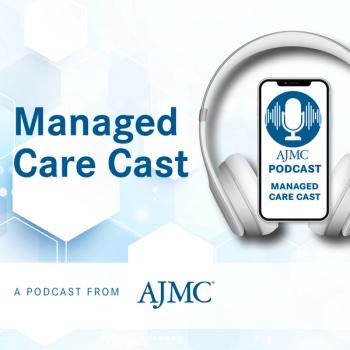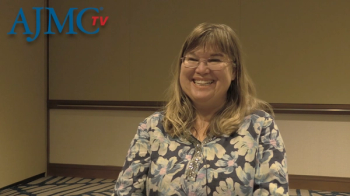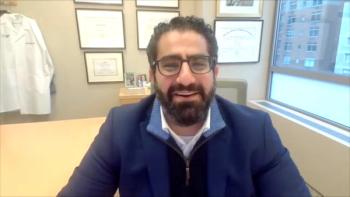
Dr Ajai Chari Discusses the Importance of Real-World Evidence in Multiple Myeloma
Real-world outcomes are important because the populations included in clinical trials rarely reflect the populations actually being treated in the clinic, said Ajai Chari, MD, associate professor of medicine, Hematology and Medical Oncology, Mount Sinai Hospital.
Real-world outcomes are important because the populations included in clinical trials rarely reflect the populations actually being treated in the clinic, said Ajai Chari, MD, associate professor of medicine, Hematology and Medical Oncology, Mount Sinai Hospital.
Transcript
You've looked at real-world outcomes in patients with newly diagnosed multiple myeloma. How do your findings compare with previous research?
In this study we were looking at the outcomes of RVd [lenalidomide plus bortezomib and dexamethasone] versus Vd [bortezomib and dexamethasone] in real-world patients that were treated. And what was interesting is that in the overall population, the progression-free survival was improved with the triplet RVd by 26 months, but what we also were able to do in this, because it’s a real-world study, is look at subgroups, such as patients over the age of 80, and they benefitted equally.
With all of these subgroups I’m about to mention, all had more than a 20-month benefit. So, patients that were over age 80, Charlson Comorbidity Index more than 2, and also ECOG performance status of 2 or higher. So, often these 3 groups of patients are not included in studies, so you really don’t know what are the data. How many 80-year-old plus are included in a clinical trial? Almost none. So, it’s good to see that this triplet therapy in real world also still contributed to improved clinical outcomes with triplet therapy.
I would say, though, I think it’s important to use dose attenuation with these regimens to make sure that patients are tolerating them well. But clearly dose-attenuated RVd can be very well tolerated and is associated with excellent outcomes.
What is the importance of looking at real-world outcomes?
I think in general, we’re learning more and more that clinical trials are really important to get drugs approved, but we really do need to balance that with real-world evidence, recognizing all the disparities between the 2. And I think this is not just unique to myeloma, but in all of oncology, the clinical trial selection criteria are sometimes so rigid we really need to broaden them. And particularly for myeloma, where our patients are older, they’re going to have other cancers, they’re going to have renal dysfunction. If we’re not allowing these patients, how do we generalize study data to who we’re actually treating in the clinic?
Newsletter
Stay ahead of policy, cost, and value—subscribe to AJMC for expert insights at the intersection of clinical care and health economics.















































